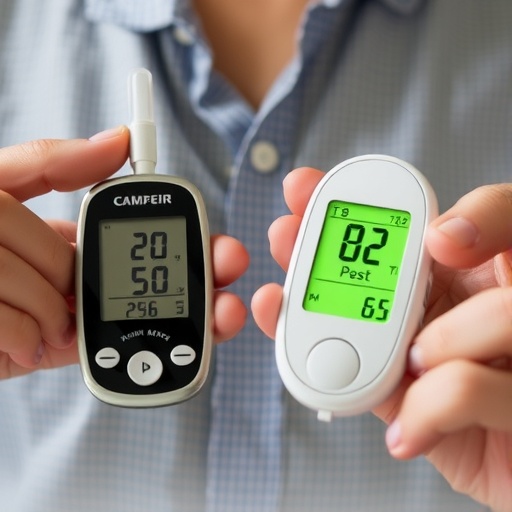The integration of electronic patient-reported outcomes into the routine care of patients with metastatic cancer was associated with increased survival compared with usual care, according to a study published by JAMA. The study is being presented at the 2017 ASCO (American Society of Clinical Oncology) annual meeting.
Symptoms are common among patients receiving treatment for advanced cancers, yet are undetected by clinicians up to half the time. There is growing interest in integrating electronic patient-reported outcomes (PROs) into routine oncology practice for symptom monitoring, but evidence demonstrating clinical benefit has been limited. Ethan Basch, M.D., of the Lineberger Comprehensive Cancer Center, University of North Carolina, Chapel Hill, and Associate Editor, JAMA, and colleagues assessed overall survival associated with electronic patient-reported symptom monitoring vs usual care based on follow-up from a randomized clinical trial.
Patients initiating routine chemotherapy for metastatic solid tumors at Memorial Sloan Kettering Cancer Center in New York between September 2007 and January 2011 were invited to participate in the trial; participants were randomly assigned either to the usual care group or to the PRO group, in which patients provided self-report of 12 common symptoms at and between visits via a web-based PRO questionnaire platform. When the PRO group participants reported a severe or worsening symptom, an email alert was triggered to a clinical nurse responsible for the care of that patient. A report profiling each participant's symptom burden history was generated at clinic visits for the treating oncologist.
Overall survival was assessed in June 2016 after 517 of 766 participants (67 percent) had died, at which time the median follow-up was 7 years. Median over-all survival was 31.2 months in the PRO group and 26 months in the usual care group (difference, 5 months).
The authors write that a potential reason for the increased survival is early responsiveness to patient symptoms preventing adverse downstream consequences. Nurses responded to symptom alerts 77 percent of the time with discrete clinical interventions including calls to provide symptom management counseling, supportive medications, chemotherapy dose modifications, and referrals.
Limitations of the study include that is was conducted at a single tertiary care cancer center, although 14 percent of participants were non-white and 22 percent had an educational level of high school or less.
"Electronic patient-reported symptom monitoring may be considered for implementation as a part of high-quality cancer care," the researchers write.
###
For more details and to read the full study, please visit the For The Media website.
(doi:10.1001/jama.2017.7156)
Editor's Note: This trial was funded by the Conquer Cancer Foundation of the American Society of Clinical Oncology.
Please see the article for additional information, including other authors, author contributions and affiliations, financial disclosures, etc.
To place an electronic embedded link to this study in your story This link will be live at the embargo time: http://jamanetwork.com/journals/jama/fullarticle/10.1001/jama.2017.7156
Media Contact
Bill Schaller
[email protected]
617-233-5507
@JAMA_current
http://www.jamamedia.org
############
Story Source: Materials provided by Scienmag




